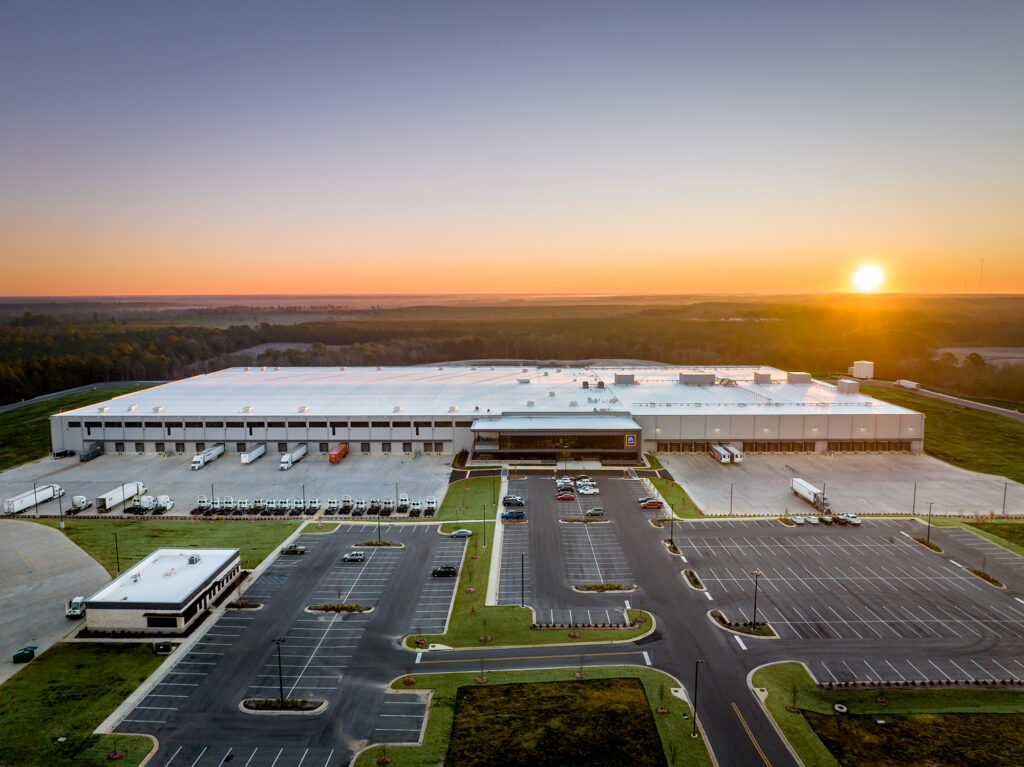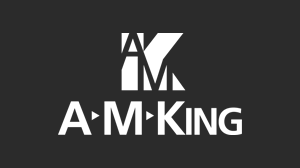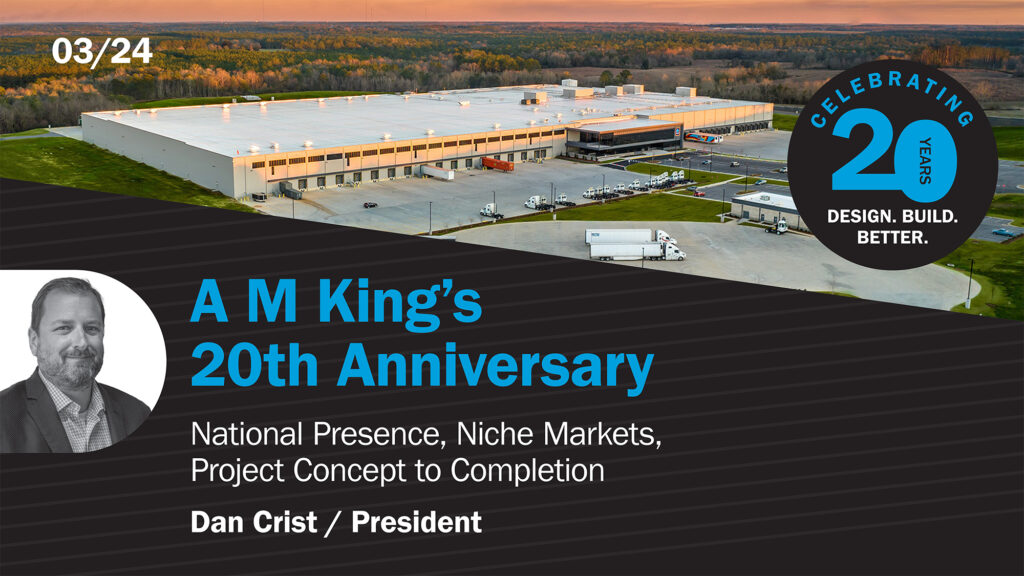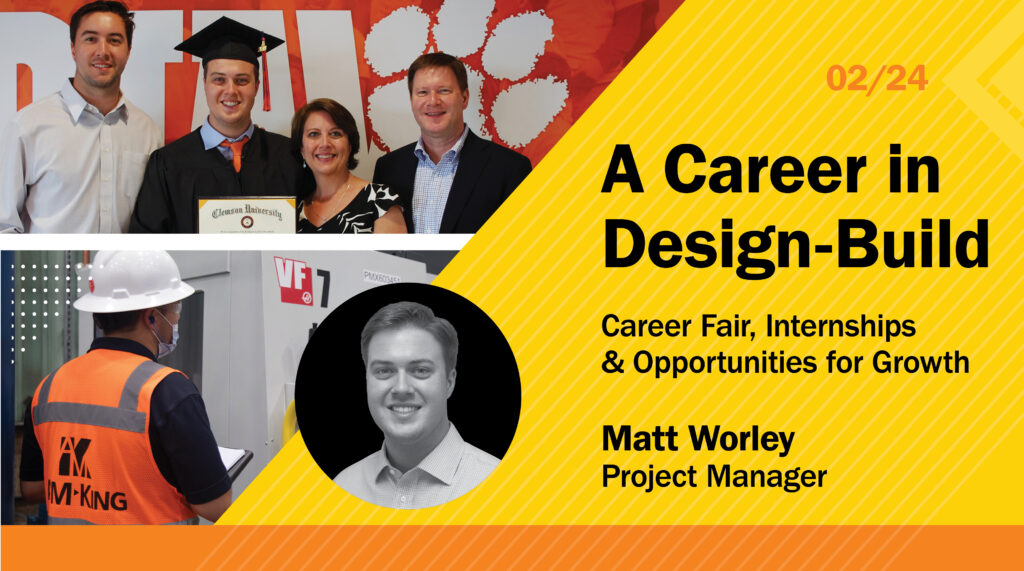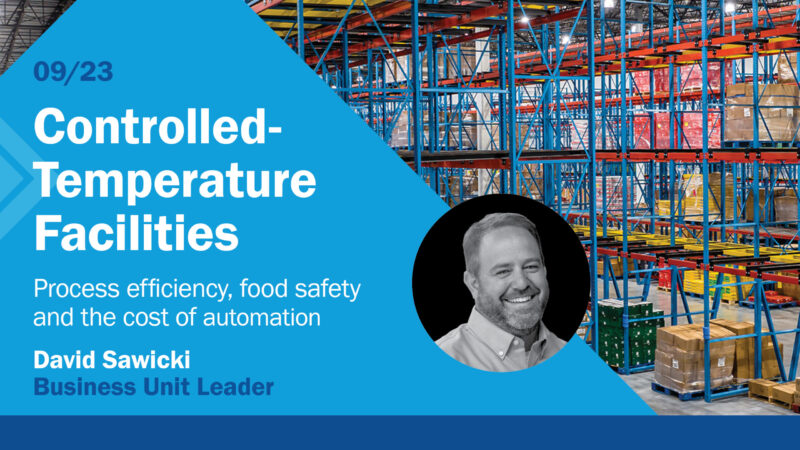
Food Plant Design-Build: Conquer Onsite Construction Challenges
I have been fortunate to work on both sides of the Design-Build industry. For more than 12 years I designed for multiple trades in the construction industry, and approximately two years ago I shifted gears and started down the career path of construction management. I have seen the opportunities and successes from two very different roles.
Large or small, challenges faced amidst construction of a food processing facility are encountered on a daily basis. Years of experience and months of preemptive planning aren’t always enough to ascertain the unforeseen obstacles lingering in the shadows. While constructing food-processing facilities, some of these obstacles show themselves during subcontractor selection and management of international equipment vendors.
Subcontractor Selection –
Challenge:
Awarding work to the right subcontractor is fundamental to any successful project, but awarding work to the right subcontractor to make a food processing facility successful can be a challenge. Food plants are undoubtedly a niche specialty in the construction industry and many consultants and subcontractors have limited to no experience. Finding those that specialize and excel in the food industry is a tall order.
Solution:
Prequalifying subcontractors who are experienced in food safety regulations, particularly one of an expansion or renovation, is necessary to the success of the project. Understanding the client’s food safety standards and sanitation protocol, maintaining correct negative air pressure to avoid cross contamination between existing and new spaces, and observing General Manufacturing Practices (GMP) are required of subcontractors selected for the project.
Example:
Let’s say a concrete subcontractor is awarded work in an existing food processing facility; their understanding of the food safety standards should include items such as proper drainage slopes to ensure satisfactory wash downs and end-user safety; critical layout of reinforced armor joints and diamond dowels to minimize floor cracks within the food safety zones where potential bacterial growth can occur; and mitigation of Carbon Monoxide (CO) with the proper use of Tier 5 scrubbers, propane or electric equipment/vehicles to avoid cross-contamination. The subcontractor’s understanding of GMP to establish traffic flow during construction within the working facility will also assist in alleviating cross-contamination.
With so many turnovers in the construction labor force, we see more inexperienced laborers onsite. The significant amount of guidance and training on our end to bring inexperienced labor up to speed is inefficient and time-consuming, and makes selecting the right subcontractors even more paramount. In one case, A M King provided six additional stationary CO sensors, as well as a portable CO sensor to sweep the facility each hour. All subcontractors were also required to monitor their own CO levels while using machinery. With the right power source for the equipment and an acute awareness of the potential CO issues, the crew performed admirably.

International Equipment Vendors –
Challenge:
Working with large food processing equipment can be one of the most difficult aspects of a food plant project, especially when operating within an existing facility. One of my latest projects required coordination with more than a dozen equipment vendors, and eight of them were international. When sourcing overseas goods it is essential to understand the unique difficulties that may arise including longer lead times, processing items through customs, language barriers, currency fluctuations, different industry standards, and units of measurement to name a few.
Solution:
Unlike pre-qualifying subcontractors, it is not always the responsibility of the Design-Builder to select the vendors on their project. The initial step while working with any vendor is to build a good rapport. Find out who the best contacts are for each vendor, call them and introduce yourself. This fundamental yet simple step will help both parties open a direct line to effective communication. Many of the difficulties mentioned earlier may not be eliminated, but it will help set expectations and make them more manageable.
Example:
Recently I worked with an Italian vendor that was handling the installation of a fully automated line that filled drying racks with meat. During the design phase all construction documents were obtained from the vendor, reviewed, and a course of action was planned to logistically accept the equipment and provide the requested service requirements. Aware of the existing building conditions and GMP protocol, all proper clearances, openings and traffic routes were in place for the riggers to successfully deliver the equipment to its installation point. So far so good.
Shortly after the vendor’s installers arrived from Italy to erect the equipment, it became evident that communication barriers existed between both parties as it related to technical discussions and details. Because our project manager had traveled to Italy to create a relationship and a clear path for communication with the vendor, we were able to quickly sort through any misinterpretations of the design requirements and effectively move forward with the installation for our client.
In summary, whether working with a subcontractor, equipment vendor or food plant owner – in both the design and construction phases of fast-paced, food processing projects –I follow two practices that will ensure a successful result: stipulation of a thorough understanding of food sanitation requirements, and frequent and clear communication.
See Part 1 and Part 2 in our Food Processing Series:
Part 1: Top Three Trends for Food Processors in 2018
Part 2: How to Coordinate Building Design with Robotics to Benefit Food Processors

